From establishment to decommissioning. See the most important milestones in the history of the nuclear station.
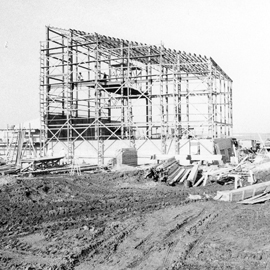
1957
The first reactor is built
Danish Reactor 1 is built as the first research reactor in an empty field at Risø. On 15 August at 14:48 the reactor is started - achieves criticality - for the first time. Danish Reactor 2 and 3 will be built during the next few years.
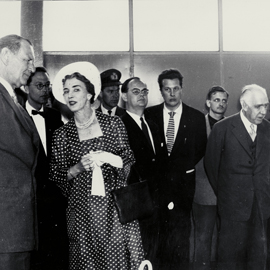
1958
Inauguration of Risø Nuclear Station
On 6 June, Risø Nuclear Station is inaugurated with the participation of a number of prominent guests, including the royal couple and physicist Niels Bohr. According to the Atomic Energy Commission, the purpose of the research centre is to “promote the peaceful use of nuclear energy for the benefit of society”.
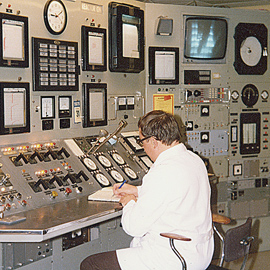
1975
Danish Reactor 2 is closed down
During the first 20-25 years, research is mainly done in areas related to the introduction of nuclear power in Denmark - reactor physics, reactor technology, physics, chemistry, health physics, electronics and metallurgy. In 1975, one reactor (DR 2) is closed down, as the larger DR 3 is better at meeting the research requirements.
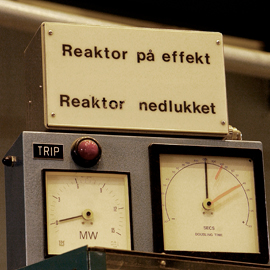
1985
No to nuclear power
The Danish Parliament decides that nuclear power should not be introduced in Denmark. At this point, research at Risø has already changed direction, and the name is changed from Nuclear Station to Research Centre. DR 1 and DR 3 are now used for fundamental physics research, teaching and production of isotopes.
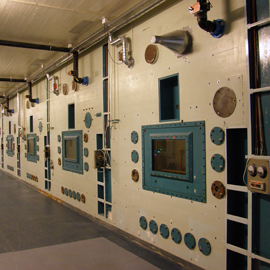
1994
Partial dismantling of Hot Cells
Between 1964 and 1989, the six Hot Cells were used for handling radioactive materials. In 1990-94, the cells are partially decommissioned; among other things, the ventilation and electrical systems are disconnected, and the mechanical arms are sold. Afterwards the cells are encapsulated, and the surrounding area is used as office space.

2000
Reactors 3 and 1 are shut down
In April, DR 3 is shut down due to a suspected leak. A condition report shows the onset of corrosion. In September, Risø's board of directors decides that the reactor should not be restarted, and that DR 1 must also be shut down. The shutdown of DR 1 takes place in 2001.
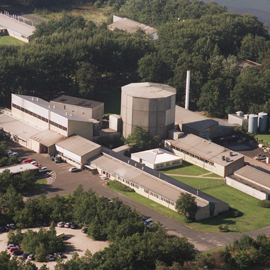
2003
Danish Decommissioning is established
After several years of preparatory work, Danish Decommissioning is established as an independent state enterprise, taking over responsibility for dismantling the nuclear facilities from Research Centre Risø. In 2007, the latter merges, among others, with DTU.
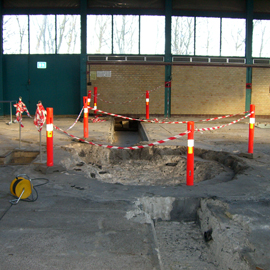
2006
Danish Reactor 1 is dismantled
DR 1 is the smallest and least complicated reactor to decommission, so this is the first facility to be addressed. The actual decommissioning begins in the autumn of 2004 and ends in 2006.
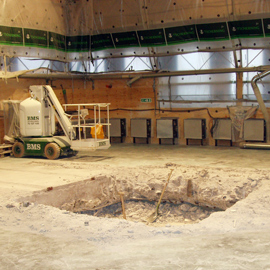
2008
Danish Reactor 2 is dismantled
The decommissioning of DR 2 begins in the spring of 2006 and ends in 2008. At the same time, the plans for converting the hall to a radioactive waste handling facility are approved.
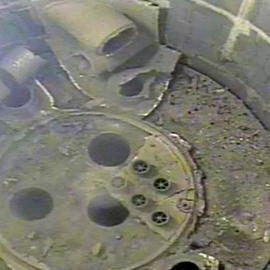
2017
Danish Reactor 3's tank dismantled
The first phase of the decommissioning of DR 3, where the external/peripheral systems are dismantled, is completed in 2011. The second phase focuses on the inner parts of the reactor block. In 2014, the reactor plug is removed and by the end of 2017 the inner reactor tank has been removed.
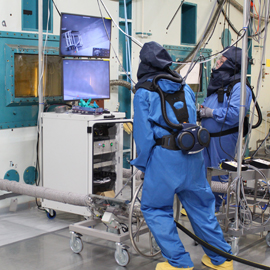
2018
Initial cleaning of Hot Cells complete
The surfaces of the six Hot Cells have been sandblasted, removing much of the paint and thus much of the radioactivity. After the initial blast cleaning, the cells will in the coming years be more thoroughly cleaned and, eventually, be demolished.
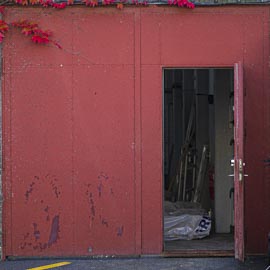
2023
the Fuel fabrication plant are decommissioned and released for other uses without restrictions
The practical decommissioning of the Fuel fabrication plant was completed on May 1, 2023. The contamination in the hall consisted of non-irradiated uranium in the form of dust, powder and surface deposits.
For more information, see Publications
in the category: Risø - History.


